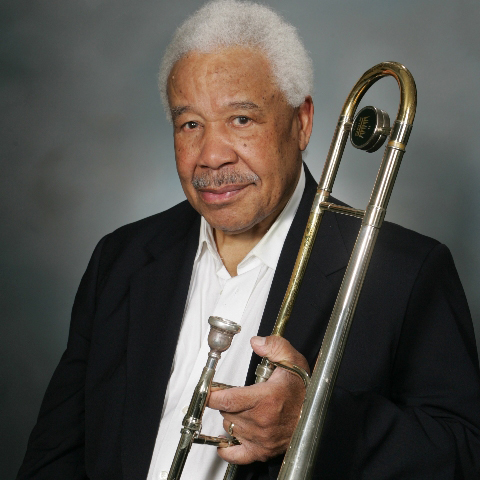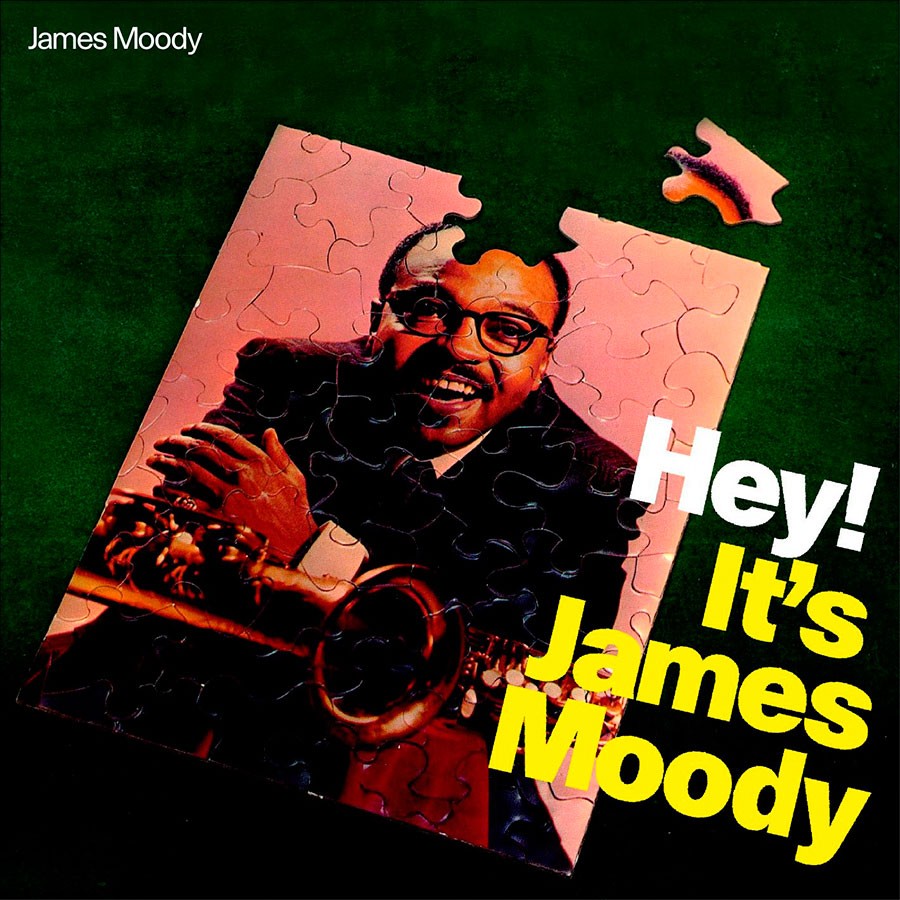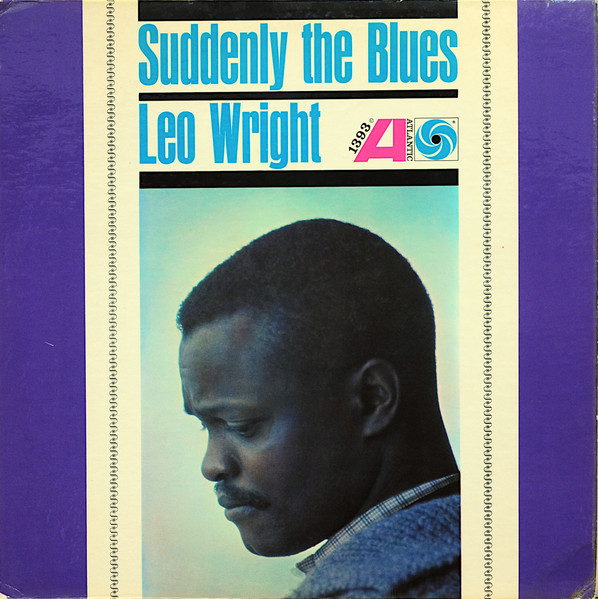Tali – Tom McIntosh
An adventure of a song, Tali begins and ends as a haunting ballad but goes to swing for a second theme and solos. The three recordings are in different keys and arrangements; Condensed Scores are available for all as well as lead sheets which reflect the version by Leo Wright.
- Recording: James Moody - Hey! It's James Moody
- Recorded on: December 29, 1959
- Label: Argo (LP 666)
- Concert Key: A minor
- Vocal Range: , to
- Style: Ballad
- Flute - James Moody
- Guitar - John Gray
- Bass - Eldee Young
- Drums - Clarence Johnston
Video
- Description
- Historical Notes
- Solos
- Piano Corner
- Bass Corner
- Drum Corner
- Guitar Corner
- Inside & Beyond
- Minus You
A Condensed Score is available which reflects the original quartet recording by James Moody, in the key of A minor. This arrangement begins with solo flute for the first A section; the rhythm section comes in on the second A. The guitar starts with half-note rolled chords and switches to a countermelody starting on the bridge; our score shows the top notes of the chords.
After the ballad melody chorus, the tempo goes to medium swing for a long-meter variation of the A section melody. This melody is filled in with rhythm section hits, with different changes implying C major though the melody is largely the same. Next is a 16-measure section with a flute solo, on a variation of the bridge changes. A break in the last measure leads back to the ballad tempo for the bridge out; on the first half of this bridge the guitar takes over the melody with flute on the countermelody. The ending extends the last phrase one measure longer.
Click on the second album cover for lead sheets, based on Leo Wright’s recording.
Related Songs
Email Send Tali to a friend
- Recording: Leo Wright - Suddenly The Blues
- Recorded on: April 23, 1962
- Label: Atlantic (LP 1393)
- Concert Key: G minor
- Vocal Range: , to
- Style: Ballad
- Flute, Alto Sax - Leo Wright
- Guitar - Kenny Burrell
- Bass - Ron Carter
- Drums - Rudy Collins
Video
- Description
- Historical Notes
- Solos
- Piano Corner
- Bass Corner
- Drum Corner
- Guitar Corner
- Inside & Beyond
- Minus You
An additional theme is added after the melody chorus, at a medium up swing tempo: a 12-measure D section which begins with flute and guitar hits answered by bass and drums. This is followed by an eight-measure Latin section with a tricky rhythmic bass line, setting up a break into the solos. The solo form is 40 measures long; it starts with a variation of B♭ “rhythm changes” A sections followed by a 16-measure section like the solo section from the Moody version. The end of the solo chorus goes to Latin again with a pedal point, finishing with a break which is used to launch the next solo.
After solos, there is a Latin variation of the A section from the in head, with the rhythm section vamping on F7sus throughout. This leads back to ballad with the out melody from the bridge; as in the Moody version, it begins with guitar melody and flute countermelody.
Our lead sheets mostly show the flute melody line, with notable rhythm section figures below the staff. The solo guitar melody at the top is included; the out bridge shows the guitar melody as a cue below the countermelody. Rhythm section players should read the Condensed Score; the guitar lines work for piano as well.
Related Songs
Email Send Tali to a friend
- Recording: Dave Burns - Dave Burns
- Recorded on: June, 1962
- Label: Vanguard (VRS 9111)
- Concert Key: D minor
- Vocal Range: , to
- Style: Ballad
- Trumpet - Dave Burns
- Tenor Sax - Herbert Morgan
- Piano - Kenny Barron
- Bass - Steve Davis
- Drums - Edgar Bateman
Video
- Description
- Historical Notes
- Solos
- Piano Corner
- Bass Corner
- Drum Corner
- Guitar Corner
- Inside & Beyond
- Minus You
In the medium-up second theme, the bass joins the piano and horns for the melody, with only the drums answering. In the Latin section that sets up the solos, the piano doubles the bass line. The last eight measures of the solo chorus feature a slightly different bass line than in Leo Wright’s version; the break at the end concludes each solo rather than launching the next solo.
The section after the solos, based on the melody A section, is the most different from the Leo Wright version. It is swinging rather than Latin, but with a bass line similar to the Latin section from the solo chorus; there are changes here rather than a vamp. Returning to the ballad tempo, the tenor takes over the melody at the start of the bridge.
Our 1st and 2nd parts show some rhythm section hits but no cues from the other horn part; for reference, horn players can look at the Condensed Score.
Tenor saxophonist Herbert Morgan is relatively little-known; besides this recording he played on four Blue Note albums by Larry Young in the late ‘60s.
Related Songs
Email Send Tali to a friend

Tom McIntosh
February 6, 1927 – July 26, 2017
Born and raised in Baltimore, Maryland, trombonist and arranger/composer Tom McIntosh studied voice at the Peabody Conservatory in 1944. In 1950 he was stationed in Germany with an Army band, where he first encountered reedman James Moody, who was touring Europe with Coleman Hawkins. Nine years later, after graduating from the Juillard School in NYC, Mac was hired by Moody to play in his sextet. The sextet became a septet for the first Moody recording, simply titled "James Moody," recorded in Chicago in August, 1959, for the Argo label. This album also contained Tom's first recorded composition With Malice Toward None, which Tom arranged as well. Read more...



